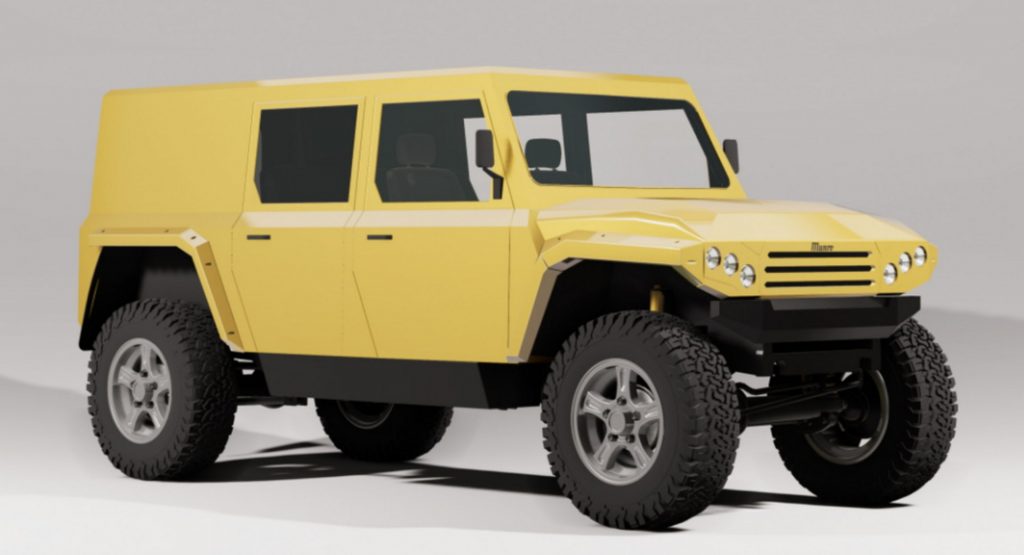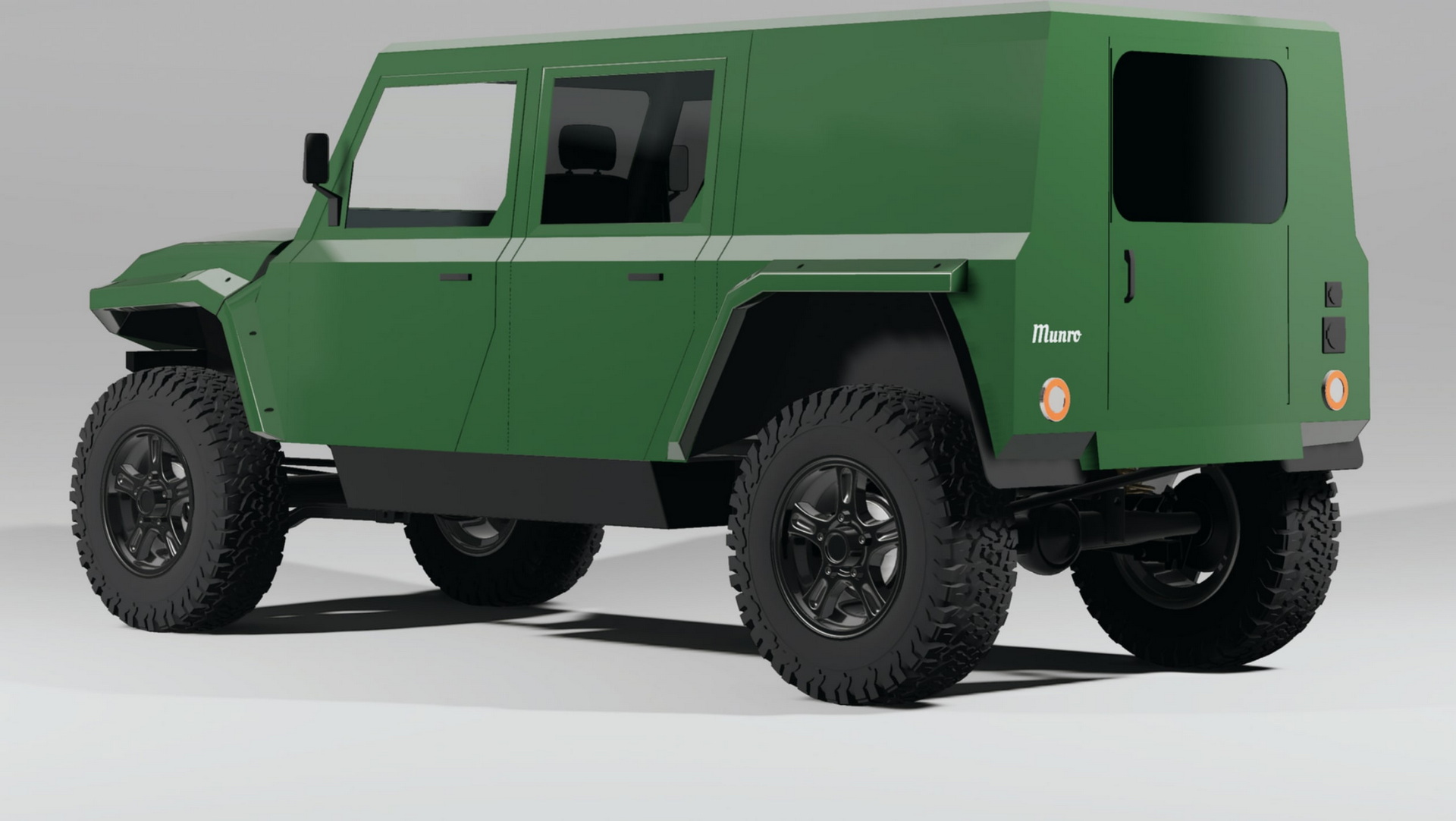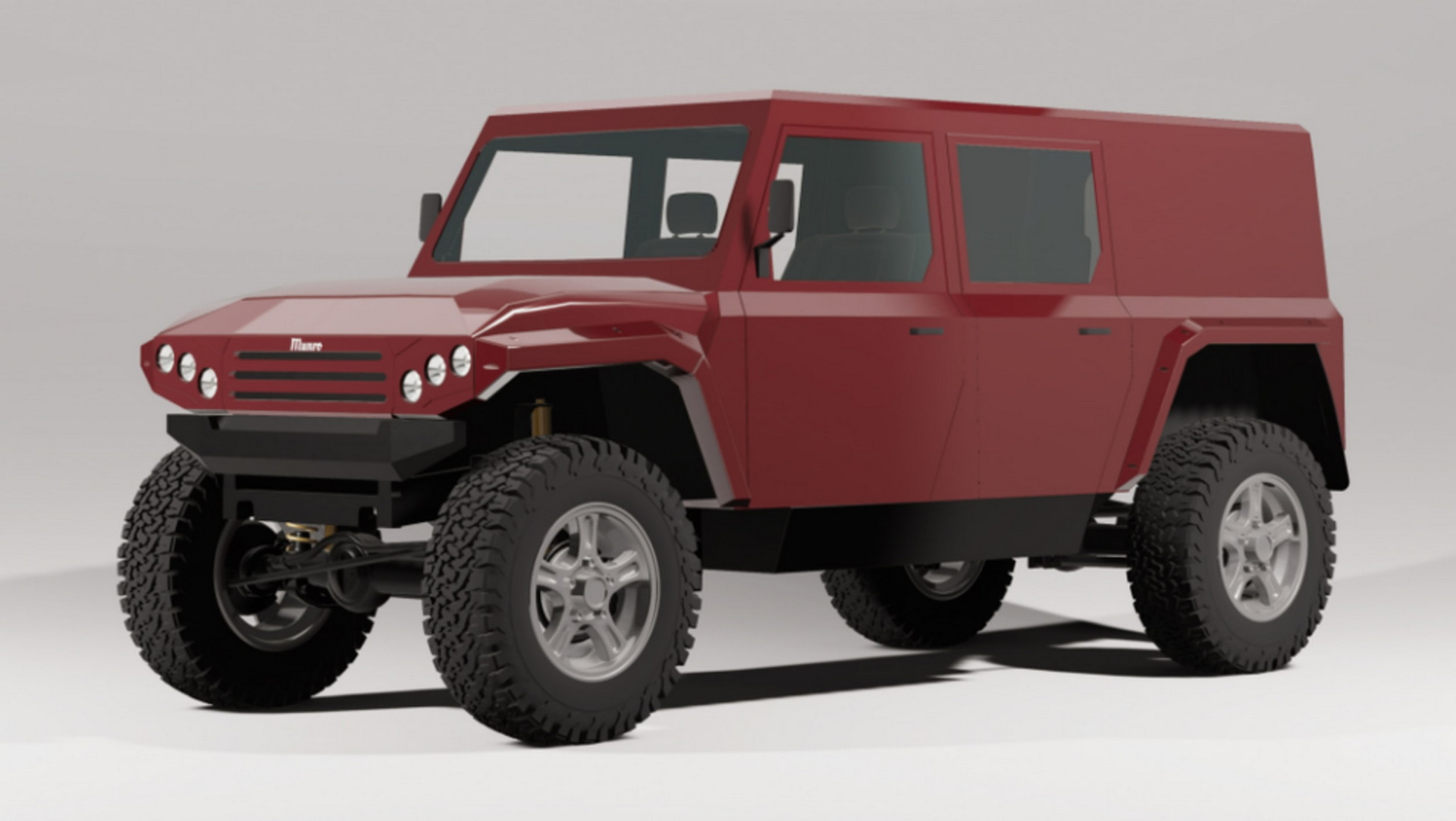If I had a nickel for every time I heard a start-up use the words disrupt or reinvent, I’d be richer than the angel investors funding those start-ups while they fail to make a profit. Bless the Scottish for not engaging in that kind of nonsense.
Scotland’s All-Terrain All-Electric (ATAE) isn’t trying to disrupt, it’s just trying to make an all-electric runabout for farmers. Indeed, the Munro Mark 1 doesn’t look all that surprising and it certainly isn’t the first to propose such a concept. But in its willingness to use what already exists and its dedication to modest performance, it may have landed on a winning formula.
“We decided early on that we weren’t looking to reinvent the wheel,” said Ross Anderson, ATAE co-founder. “We hope that our vehicles will last longer, making them better for the environment than most other ‘consumable’ vehicles on the market.”
The Munro Mark 1 will use existing brake and suspension parts sourced from manufacturers in the UK. It will have a simple ladder frame, live axles front and rear, and permanent four-wheel drive. The body and chassis will both be sourced from a company called Ibex Automotive in Yorkshire.
That dedication to sourcing parts in the UK isn’t patriotic nonsense, though. The idea is to reduce its carbon footprint by shortening supply lines. It will also, argues ATAE, make it easier to source parts and perform repairs.
Also Read: Bollinger Unveils The B1 And B2 In Production Form
And unlike other electric off-roaders like the Hummer EV or the Bollinger B1, it won’t bank on 1,000 hp or insane features. Instead, it will get a perfectly sufficient 215 hp and 258 lb-ft of torque.
As for range, well this is how ATAE puts it:
“Our batteries are light and powerful. On a normal drive, they will take you at least 150 miles—and much further if you’re driving at low speeds such as off-road.”
And why would you be going quickly anyway? You’ve got 1,000 kg (2,204 lbs) of payload and seating for five.
First announced in 2019, customer demonstrations of the ATAE Munro Mk 1 are expected to start this spring and first deliveries are expected to start in early 2022.






